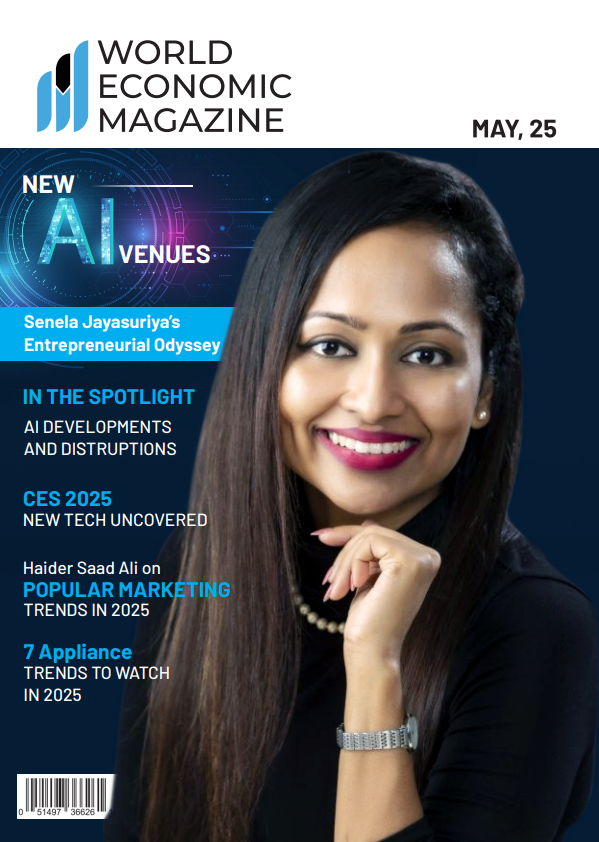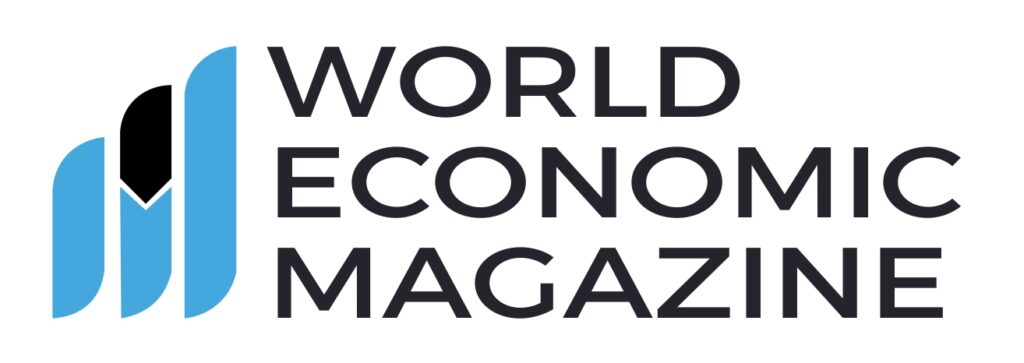
Artificial intelligence Breakthrough Surya Elevates Space Weather Forecasting to New Heights
Artificial intelligence is unlocking new insights into the Sun’s most complex behavior. A multidisciplinary team spanning academia, industry, NASA centers, and the Universities Space Research Association’s Research Institute for Advanced Computer Science (RIACS) has developed Surya — the first open-source foundation model built specifically for space weather research.
Artificial intelligence
Surya marks a significant advancement in the prediction of solar storms, which continue to threaten satellites, communications, navigation systems, and power infrastructure. Using architecture inspired by breakthroughs in large-scale machine learning, the model analyzes solar dynamics with new precision, offering scientists a powerful tool to better anticipate space weather risks.
The model is trained on nine years of high-resolution imagery captured every 12 seconds by NASA’s Solar Dynamics Observatory. By learning from this vast dataset, Surya can detect patterns and forecast solar events with a level of accuracy that surpasses several existing techniques. The approach allows the model to infer fundamental physics behind solar evolution, opening the door to deeper research and improved early-warning capabilities.
USRA contributed to implementation support, architectural evaluation, and code enhancements throughout the development process. “Surya represents a paradigm shift in how we study the Sun. For the first time, we have an Artificial intelligence foundation model that has the potential to transform how we prepare for and respond to space weather events that affect everything from satellites to power grids,” said Dr. David Bell, Director of RIACS.
The model has already demonstrated strong performance across multiple applications:
• Active region emergence forecasting
• Solar flare prediction
• Solar wind speed forecasting
• Extreme ultraviolet (EUV) spectra prediction
These capabilities are timely. Over the past two years, intensified solar activity has contributed to tens of millions of dollars in satellite losses due to heightened atmospheric drag and has driven agricultural disruptions worth hundreds of millions due to GPS interference.
Universities Space Research Association, founded in 1969 under the auspices of the National Academy of Sciences, advances space-related science, Artificial intelligence, technology, and engineering through research institutes and programs that unite government, academic partners, and industry stakeholders.






